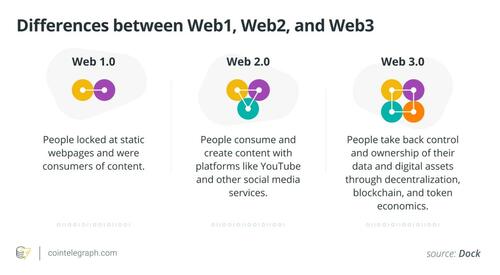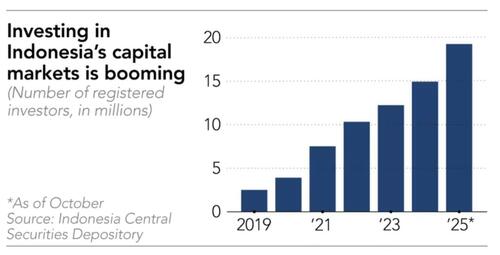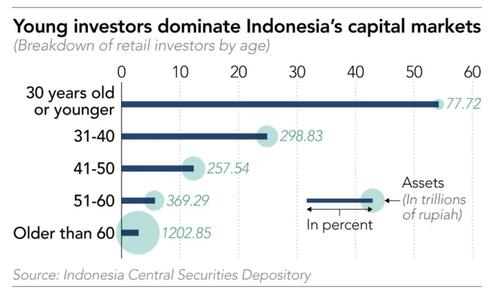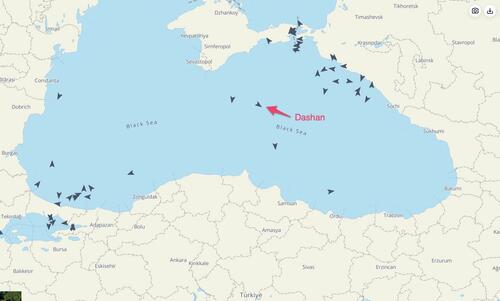Tether Launches Privacy-Focused Health Platform With On-Device AI
Authored by Nate Kostar via CoinTelegraph.com,
Tether has launched a new platform that aggregates data from multiple wearables and wellness apps into a single, locally processed dashboard, aiming to give users control over their biometric information.
The platform, called QVAC Health, aggregates data from fitness trackers, nutrition apps and other wearables into an encrypted dashboard that works offline, using on-device AI and peer-to-peer model downloads to analyze activity, meals, symptoms and medication logs without relying on external servers.
The app includes experimental computer-vision tools that can estimate calories and macronutrients from meal photos and can correlate those logs with data from multiple wearables to identify patterns in activity, recovery or sleep, all processed locally on the user’s device, according to a Wednesday announcement.
Source: QVAC
Tether CEO Paolo Ardoino called the platform a “neutral ground for wellness data” that reflects the “company’s commitment to privacy-preserving local intelligence.”
Tether, the world’s largest stablecoin issuer, says future updates will include direct Bluetooth Low Energy connections that will let the app read data from certain wearables without routing information through manufacturer APIs or cloud services.
The platform is part of Tether Data’s QVAC project, which builds peer-to-peer, device-based AI systems designed to operate without relying on centralized platforms.
The global fitness-tracker market was valued at $52.29 billion in 2024 and is projected to grow to $189.98 billion by 2032, according to a Verified Market Research report. Major fitness-tracker manufacturers include Apple, Fitbit, Samsung, and Huawei.
Privacy concerns drive new developments across cryptoTether’s new platform aligns with comments Ardoino made in 2024, when he argued that running local AI models directly on user devices was the only reliable way to prevent data from being harvested or exposed through centralized servers.
Former White House adviser David Holtzman told Cointelegraph in December 2024 that AI-driven data aggregation and future quantum threats make large data repositories especially vulnerable.
Holtzman noted that AI can rapidly assemble behavioral and transactional data to identify targets more precisely, while future quantum attacks could break today’s encryption standards across sectors.
He said decentralized systems can help reduce these risks by avoiding large, centralized data stores.
The evolution of the internet. Source: Dock/Cointelegraph
The various threats to privacy have spurred some action in the crypto community. In June, Ethereum co-founder Vitalik Buterin proposed a “pluralistic identity” model — a digital ID approach that lets people prove who they are or qualify for services without exposing all of their personal information.
In December, Fortune reported that Circle is developing a privacy-enhanced stablecoin called USDCx with Aleo, designed to give institutional users banking-level transaction privacy while preserving the ability to furnish compliance records when necessary.
Growing concerns over data exposure and surveillance have also fueled renewed interest in privacy-focused cryptocurrencies, with the Zcash protocol emerging as one of the beneficiaries.
Tyler Durden Thu, 12/11/2025 - 07:20







 via Al Jazeera
via Al Jazeera


 Source: X/Pastor Jeff Schwarzentraub
Source: X/Pastor Jeff Schwarzentraub

 Rep. Mike Rodgers (R-AL)
Rep. Mike Rodgers (R-AL) Miami mayor-elect Eileen Higgins celebrates at a watch party after winning the Miami mayoral runoff election, Tuesday, Dec. 9, 2025, in Miami. | Lynne Sladky/AP
Miami mayor-elect Eileen Higgins celebrates at a watch party after winning the Miami mayoral runoff election, Tuesday, Dec. 9, 2025, in Miami. | Lynne Sladky/AP


 Inside Creative House/Shutterstock
Inside Creative House/Shutterstock
Recent comments